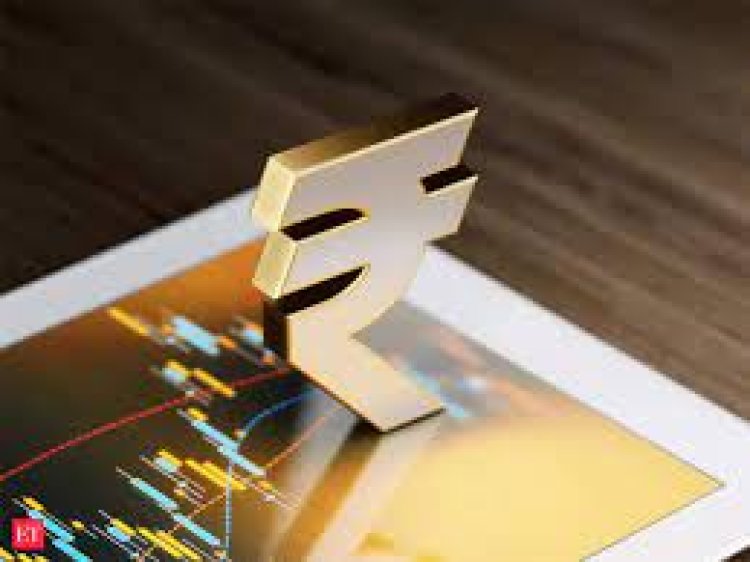Bangladesh, India launch trade transactions in Rupees
Bangladesh's first bilateral trade with a non-US dollar country. Bangladesh Bank Governor Abdur Rouf Talukder called rupee trade settlement the "first step in a great journey."

On Tuesday, Bangladesh and India began conducting their long-awaited commercial transaction in rupees, a step that is expected to bolster regional currency and commerce by decreasing reliance on the US dollar.
In the past, all international transactions between Bangladesh and any other country had been conducted through the US dollar. Trade settlement in rupees was hailed as the "first step in a great journey" by Bangladesh Bank Governor Abdur Rouf Talukder. Indian High Commissioner Pranay Verma was also there for the event, and he remarked that "the trade position between India and Bangladesh has seen remarkable growth," thanks to the two countries working together economically.
The governor of the central bank recently announced that a dual currency card accepting both the Taka and the Indian Rupee would be released in September, thereby lowering transaction costs for trade with India. However, Bangladesh and India do semi-officially stage frontier trading in specific localities dubbed "border hut," where modest amounts of both currencies are exchanged. Under the new formal arrangement, officials have stated that from this point forward, trade will initially be conducted in rupee and then progressively in the Bangladeshi currency of Taka upon the trade disparity between the two countries diminishing.
Nostro accounts, or accounts in the banks of other countries, have been made available to financial institutions in Bangladesh and India for the purpose of conducting foreign currency transactions. Banks and market demand will factor into the final exchange rate, according to the officials involved. The most recent Dhaka statistics show that Bangladesh buys from India at the tune of USD 13.69 billion, while exports to India are USD 2 billion. However, several economists have warned that Bangladesh's trade imbalance may prevent it from immediately reaping the benefits of the new system.
Nonetheless, Talukder stated that he was investigating more than just this USD 2 billion transaction because "we export and import in Indian rupees, it will have an effect on the exporters and importers in both countries.""We can significantly increase our exports because Indian consumers will be able to pay in Indian rupees and treat our goods as if they were made in India."India is a sizable market, thus this will provide us with a significant opportunity. According to India's ambassador to Bangladesh, bilateral ties have undergone "substantial transformation" during the past decade. "One of the most important manifestations of that transformation is our visibly growing economic and commercial ties and connectivity links," he said, adding that Bangladesh is India's largest trade partner in South Asia and the fifth largest globally.
Trade between the two countries has doubled in the last five years, he said. Over the past three fiscal years, annual shipments to India have exceeded $1 billion, and in the most recent fiscal year, they broke $2 billion. Bangladesh's primary export market in Asia is now India, thanks to its large and varied consumer base.













.jpeg?updatedAt=1701184683884)





